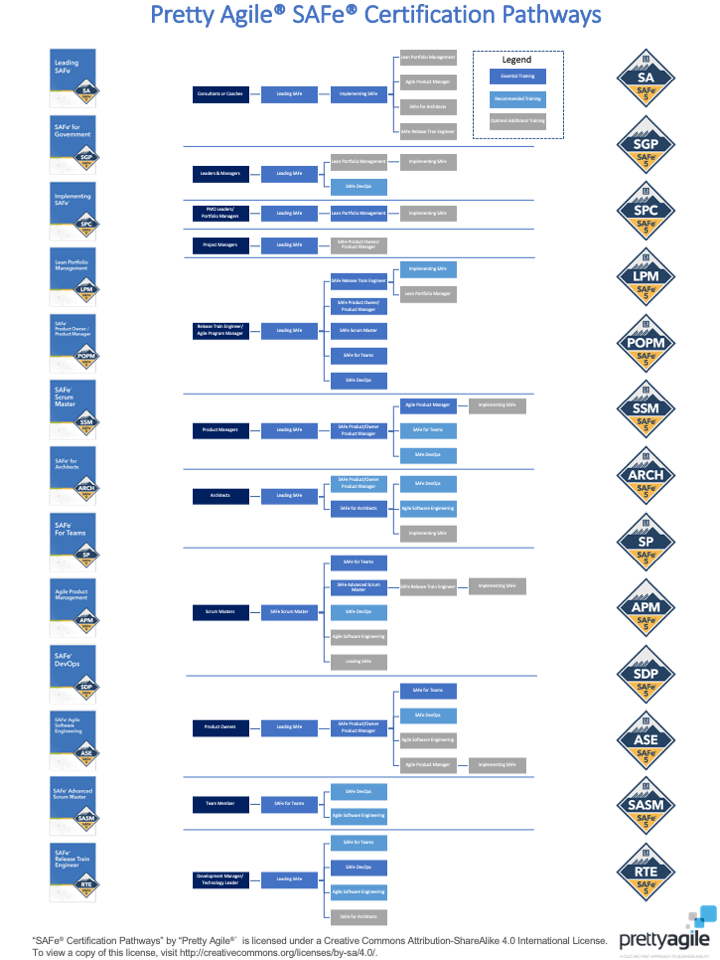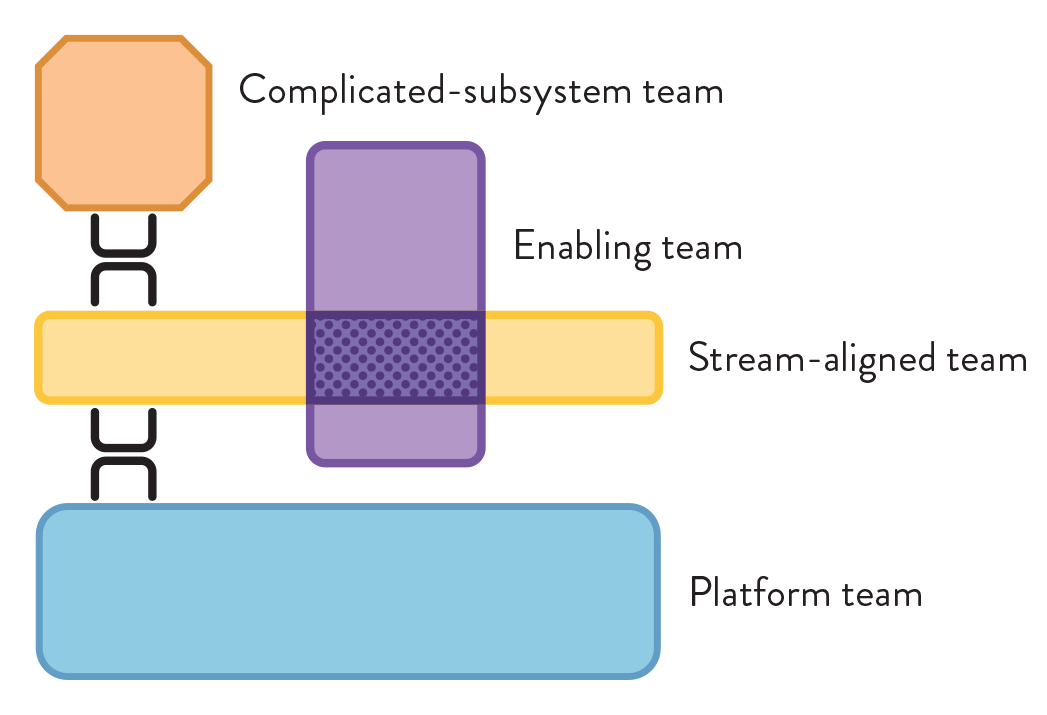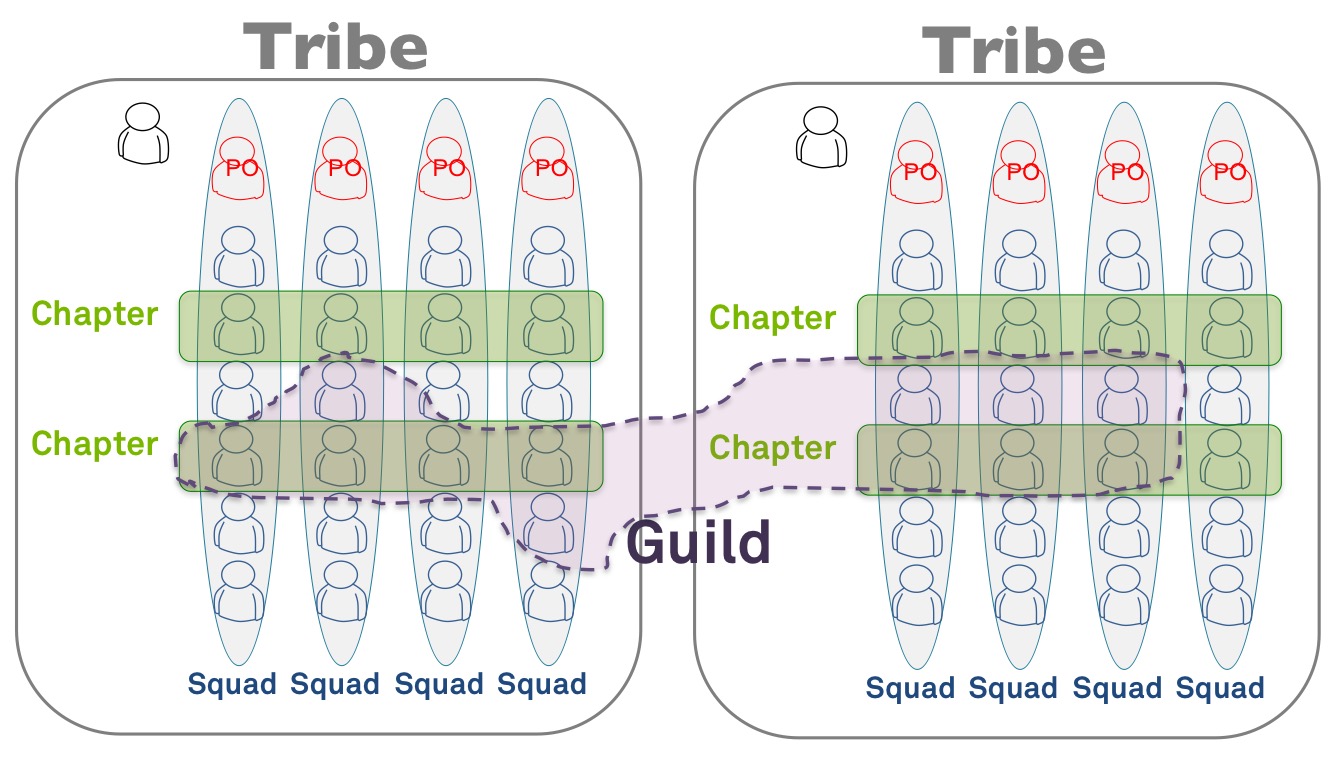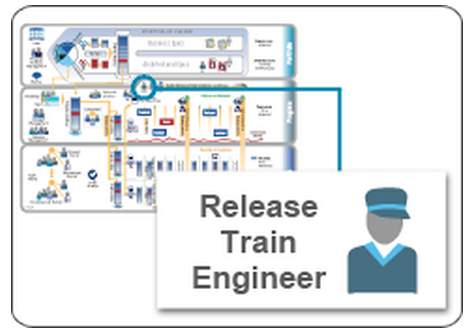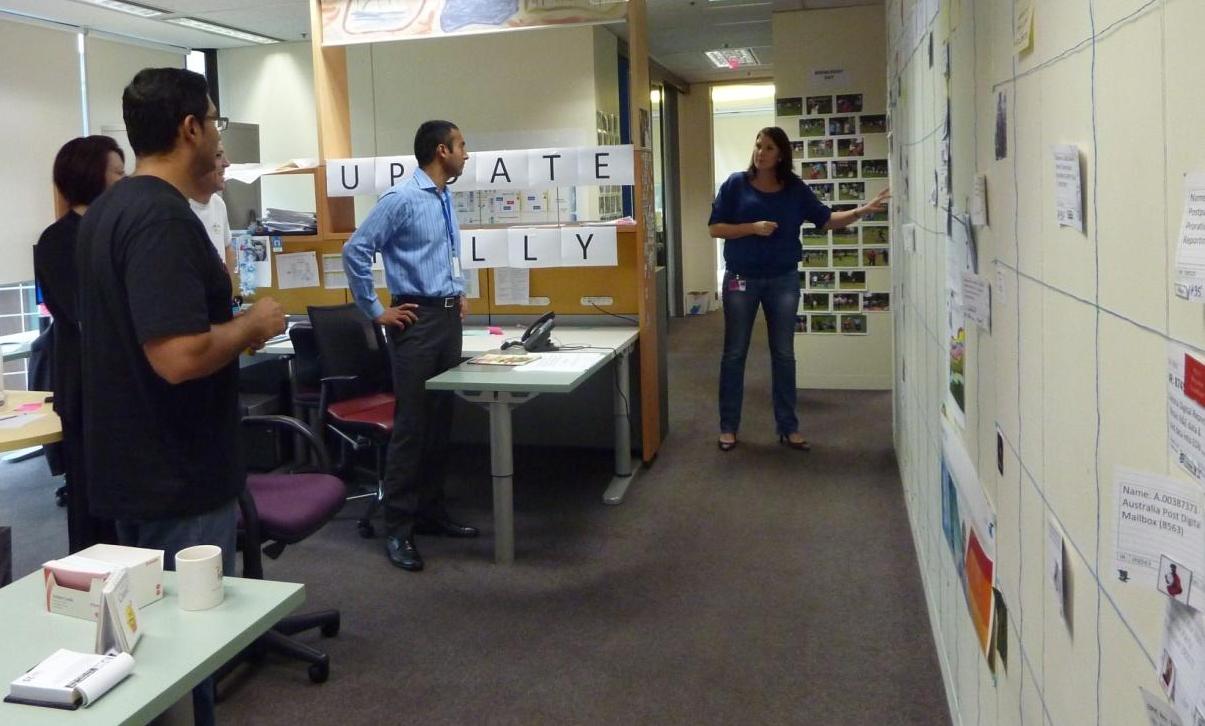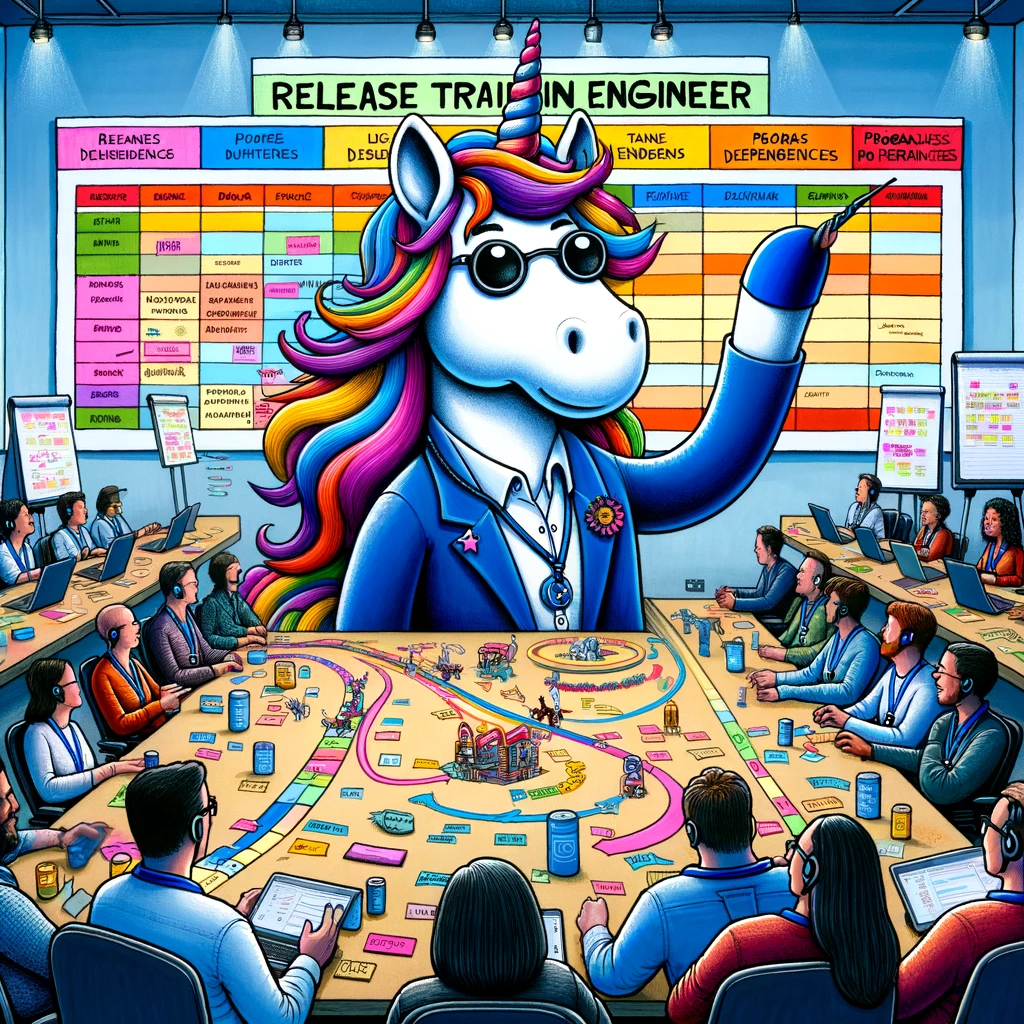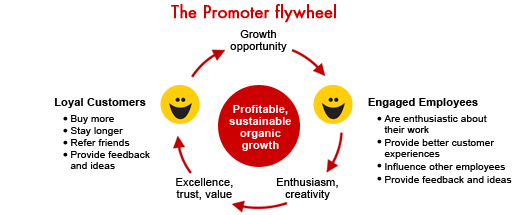- AI-Native Training
- SAFe Training
- Choose a Course
- Public Training Schedule
- SAFe Certifications
- Leading SAFe
- Implementing SAFe
- Advanced SAFe Practice Consultant
- Leading SAFe for Government
- SAFe Lean Portfolio Management
- SAFe Release Train Engineer
- SAFe for Hardware
- SAFe for Architects
- Agile Product Management
- SAFe Scrum Master
- Advanced Scrum Master
- SAFe DevOps
- SAFe Product Owner/Product Manager
- SAFe Agile Software Engineering
- SAFe for Teams
- SAFe Micro-credentials
- Agile HR Training
Switch in Action: Business Change Management Applied to Software Engineering
As regular readers of this blog would know, I recently read Chip & Dan Heath's Switch (which I blogged about here). One Saturday evening in July, whilst only a short way though the book, I found myself thinking of the challenges we had rolling out "Trails", our automated deployment tool. Even though Trails was built by our System Team, using agile methods, including fortnightly demonstrations of working software, the roll out was far from smooth. Would we have been more successful if we had used the Switch Framework? Switch argues that for change to be effective you have to Direct the Rider (our rational side), Motivate the Elephant (our emotional side) and Shape the Path (clear the way).

A few months later, the System Team had another change ready for implementation. This time we would be changing the EDW source control repository from SVN to Git. Given the experience with Trails, the System Team made a huge effort to get buy in from the impacted teams. They spent countless hours at the whiteboard talking with teams about why version control is important and how version control will enable better data in development environments. There was some resistance, strangely enough because some engineers thought the proposal was to replace SVN with a bespoke in house application called "GIT"! The conversation improved significantly once everyone got on the same page. To use the metaphor from Switch we had started by appealing to the developers rational side, the Rider, by Pointing to the Destination: Change is easier when you know where you’re going and why it’s worth it.
As the cut over grew closer, the System Team, using their new found "Jean Tabaka" skills, scheduled a workshop to plan the change. They had learnt from the Trails roll out that no amount of PowerPoint or documentation would make a difference. What had worked last time was sitting with the engineers while they tried to execute the new process and helping them. If Switch was to be believed, we should: "Follow the Bright Spots. Investigate what’s working and clone it."
Replicating this approach was not as easy as it would seem at face value. With Trails the change was less invasive, only impacting the engineers executing a given deployment. A member of the System Team could sit with the engineer each time they needed to use the new deployment tool until they were comfortable. With Git, we needed all six teams to make the change at once. After coming to the realisation the System Team were not Gremlins and could not be multiplied by adding water, a different approach was required.
In the days leading up to the planning meeting, EDW Development Manger, Wayne Palmer had been giving a lot of thought to the roll out approach. His original instinct was to include all the things that "we just had to do" in the scope of the change. The theory being that the engineers were going to have to use a new tool anyway, so they wouldn't know the difference. Thankfully his train of thought eventually lead him to refer back to Switch.
He knew his instincts were wrong, we needed to: Shrink the Change. Break down the change until it no longer spooks the Elephant. He talked to the System Team Product Owner about the magnitude of the change. They discussed their hopes and fears for the upcoming deployment and decided to defer the major change to the current branching strategy, continuing with branch-by-project rather than moving to branch-by-feature.
Even with a smaller change we were still going to need more support than the three System Team developers could provide, if we were going to be successful. Again using the advice from Switch, Wayne suggested we look to increase our pool of subject matter experts by growing our people: Cultivate a sense of identity and instil the growth mindset. Each team was asked to nominate a Git Champion that was passionate about the change and respected by their peers. The System Team then partnered with the "volunteers" to define the process that would be used to migrate the non-production code from SVN to Git.
The change was deployed one Sunday a few weeks back, and to quote the System Team Technical Lead, "It went scarily well". That is not to say we have not had some hiccups since. Last week, someone accidentally deleted the master branch in order to overcome a merge conflict by using an SVN technique instead of a Git technique. Thankfully, these types of errors are easy to back out with Git!
All things considered, the concepts we used from Switch lived up to their promise. I do think we missed a trick when it came the third component of the Switch Framework - Shape the Path. While the hiccups we experienced have not been catastrophic, with more focus on ideas like building habits they might have been avoided completely. So next time you are looking to change the behaviour of your software engineering team don't forget:
For things to change, somebody somewhere has to start acting differently. Maybe it’s you, maybe it’s your team. Each has an emotional Elephant side and a rational Rider side. You’ve got to reach both. And you’ve also got to clear the way for them to succeed.Chip Heath & Dan Heath
To hear the full story of our journey towards DevOps watch the video of my keynote at the DevOps Enterprise Summit 2014.





